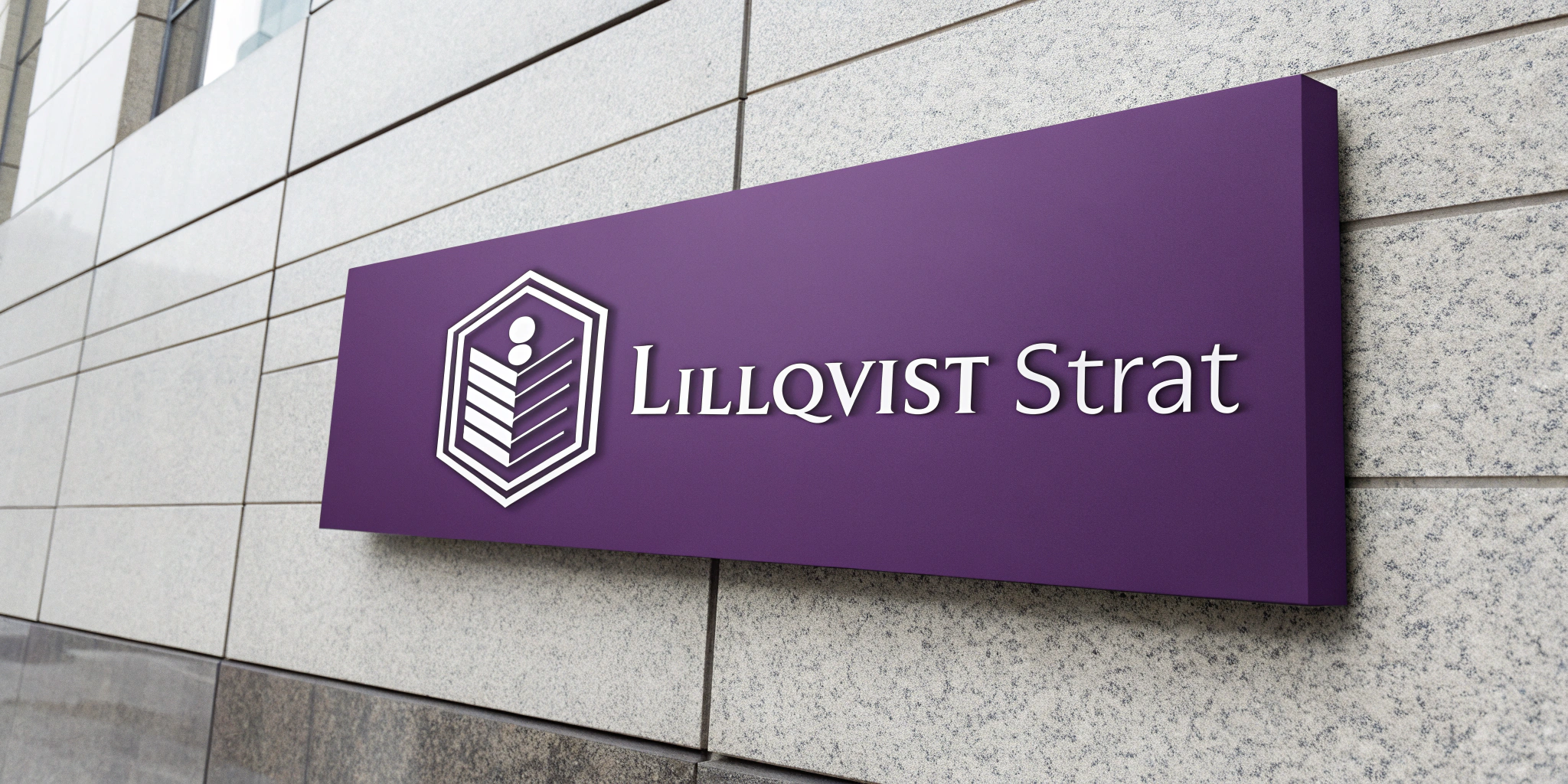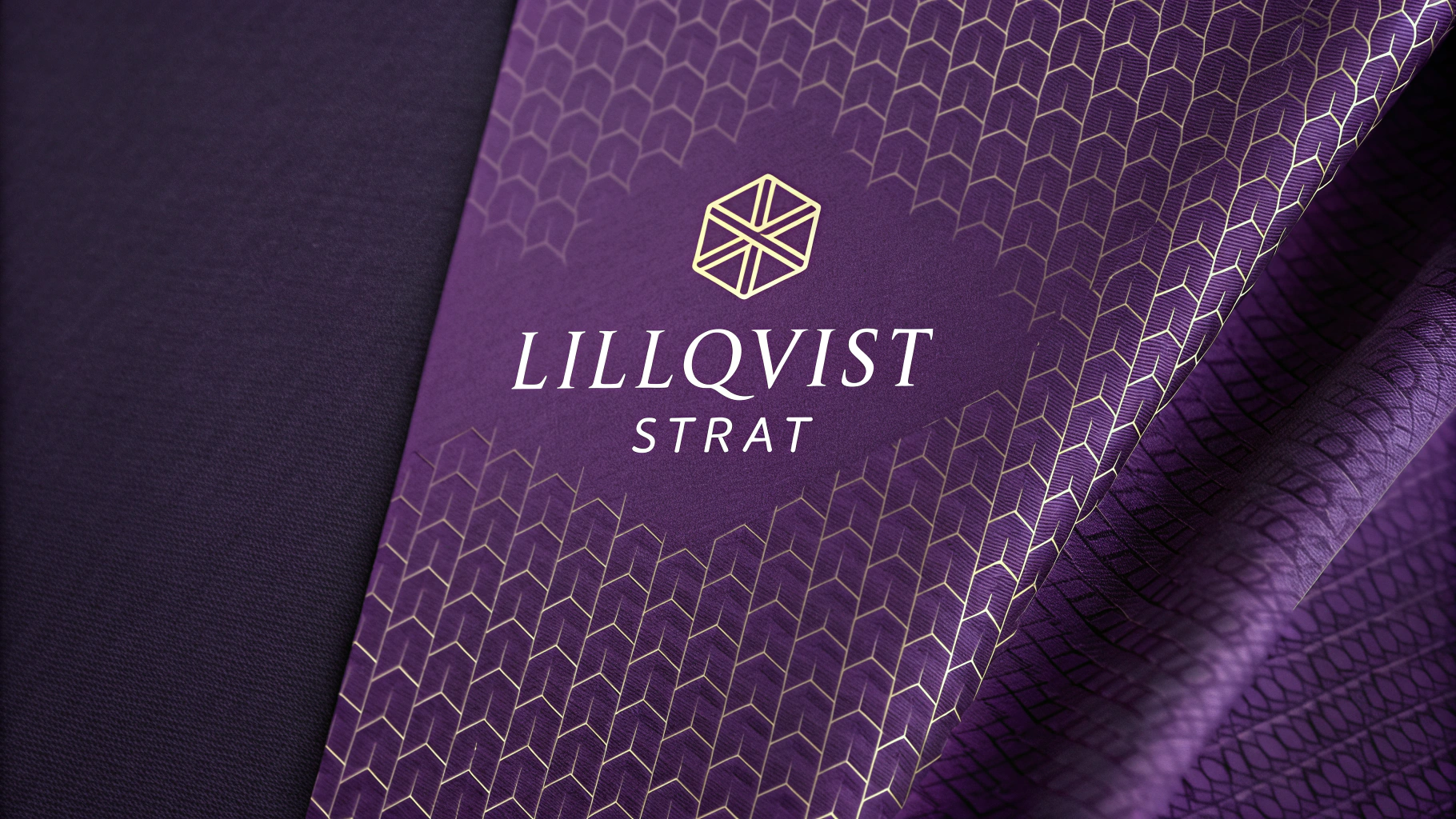A/B testing is a fundamental method for optimizing marketing campaigns, allowing businesses to compare two or more versions of a campaign to determine which performs better. Automating the process of analyzing A/B test results with Python can save time, reduce human errors, and provide quicker, more accurate insights. This enables marketing teams to make data-driven decisions that maximize their return on investment (ROI).
Benefits of Automating A/B Testing Analysis
- Faster Decision-Making: Automation speeds up the analysis process, allowing marketers to act on insights in real-time.
- Reduced Human Error: By automating data analysis, businesses eliminate the potential for manual mistakes that can skew results.
- Scalable Testing: Automating A/B tests makes it easier to scale testing across multiple campaigns without the need for additional resources.
- Improved Insights: With Python’s powerful data analysis and statistical libraries, you can uncover deeper insights from your test results.
- Maximized ROI: By quickly identifying the best-performing campaigns, businesses can allocate resources more effectively and achieve a higher return on marketing efforts.
How Python Can Automate A/B Testing Analysis
Python, with libraries like pandas, matplotlib, scipy, and statsmodels, is well-equipped to handle A/B testing analysis. The process can be automated from collecting test data, performing statistical analysis, and generating reports to visualizing results.
Steps to Automate A/B Testing Analysis with Python
Step 1: Prepare Your A/B Test Data
The first step is gathering data from your A/B tests. Typically, A/B tests involve tracking metrics like conversion rates, click-through rates (CTR), bounce rates, etc., across different variations of a marketing campaign. Your dataset might look like this:
| Test ID | Group | Clicks | Impressions | Conversions | Revenue |
|---|---|---|---|---|---|
| 1 | A | 1000 | 50000 | 150 | 5000 |
| 2 | B | 1200 | 50000 | 180 | 6000 |
| 3 | A | 900 | 40000 | 120 | 4000 |
| 4 | B | 1100 | 40000 | 160 | 5500 |
Step 2: Data Preprocessing
Before performing analysis, clean and preprocess the data. This may involve handling missing values, encoding categorical variables (e.g., test groups), and calculating metrics like conversion rates.
import pandas as pd
# Sample A/B test data
data = pd.DataFrame({
'Test ID': [1, 2, 3, 4],
'Group': ['A', 'B', 'A', 'B'],
'Clicks': [1000, 1200, 900, 1100],
'Impressions': [50000, 50000, 40000, 40000],
'Conversions': [150, 180, 120, 160],
'Revenue': [5000, 6000, 4000, 5500]
})
# Calculate Conversion Rate
data['Conversion Rate'] = data['Conversions'] / data['Impressions']
# Calculate Cost per Conversion (Assuming fixed cost per impression)
cost_per_impression = 0.1 # Example cost per impression
data['Cost'] = data['Impressions'] * cost_per_impression
data['Cost per Conversion'] = data['Cost'] / data['Conversions']
print(data)
Step 3: Perform Statistical Analysis
After preprocessing, use statistical tests to determine whether the differences between groups (A and B) are statistically significant. For A/B testing, a common test is the t-test, which compares the means of two groups.
import scipy.stats as stats
# Split data by test group
group_a = data[data['Group'] == 'A']['Conversion Rate']
group_b = data[data['Group'] == 'B']['Conversion Rate']
# Perform independent t-test to compare conversion rates
t_stat, p_value = stats.ttest_ind(group_a, group_b)
# Output the p-value
print(f'T-statistic: {t_stat}')
print(f'P-value: {p_value}')
# If p-value < 0.05, the difference is statistically significant
if p_value < 0.05:
print("The difference between group A and group B is statistically significant.")
else:
print("No statistically significant difference between the two groups.")
Step 4: Visualize the Results
Visualization tools like matplotlib can be used to create charts that make it easier to interpret and present your findings.
import matplotlib.pyplot as plt
# Plot conversion rates for both groups
plt.figure(figsize=(8, 5))
plt.bar(['A', 'B'], [group_a.mean(), group_b.mean()], color=['blue', 'green'])
plt.title('A/B Test: Conversion Rates Comparison')
plt.ylabel('Conversion Rate')
plt.xlabel('Group')
plt.show()
Step 5: Automate Reporting and Insights
After performing the analysis, Python can automatically generate a report with key insights and recommendations for optimization.
# Generate a simple report
def generate_report(data, t_stat, p_value):
report = f"""
A/B Test Results:
----------------
Group A Conversion Rate: {data[data['Group'] == 'A']['Conversion Rate'].mean():.2f}
Group B Conversion Rate: {data[data['Group'] == 'B']['Conversion Rate'].mean():.2f}
T-Statistic: {t_stat:.2f}
P-Value: {p_value:.3f}
Interpretation:
{'Statistically significant difference between the groups' if p_value < 0.05 else 'No significant difference'}
"""
return report
# Print report
report = generate_report(data, t_stat, p_value)
print(report)
Step 6: Implement Real-Time Automation
To fully automate this process, integrate the analysis pipeline with your marketing tools and data sources. Set up a cron job or schedule the Python script to run at regular intervals, ensuring that A/B tests are continuously monitored and analyzed.
Advanced Techniques for A/B Testing Automation
- Multi-Variant Testing: Scale beyond A/B testing to test multiple variations of campaigns (A/B/C/D testing).
- Segmentation: Perform analysis based on customer segments to understand how different groups respond to variations.
- Bayesian A/B Testing: Use Bayesian statistics for continuous testing and decision-making without relying on predefined test durations.
- Optimization Algorithms: Implement multi-armed bandit algorithms to optimize campaigns dynamically during the test.
Conclusion
Automating A/B testing analysis with Python provides marketers with the tools to quickly evaluate campaign performance, minimize errors, and make data-driven decisions. By leveraging Python’s statistical and visualization capabilities, you can not only optimize individual campaigns but also streamline your overall marketing strategy, maximizing ROI. With real-time insights and automated reporting, businesses can stay ahead in the competitive digital landscape.

Lillqvist Strat consults on business developement, software projects, automation, SOPs, analytical tools and more.
Contact me today to get started on our journey to higher profits, more revenue and happier employees!
Go to Contact now



